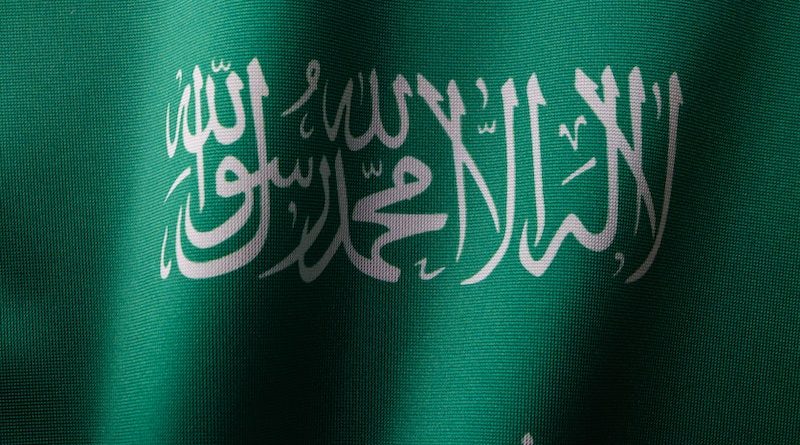Evolution of the Saudi Arabian Flag
Introduction
The Saudi Arabian flag has undergone several changes since its inception, each design representing a different era of Saudi Arabian history. The current flag of Saudi Arabia features a green field with the Shahada, or Islamic creed, written in white in the center, with a sword and palm tree on the hoist side. In this article, we will explore the evolution of the Saudi Arabian flag, tracing its history from its origins to its present-day design.
The first Saudi Arabian flag
The first Saudi Arabian flag was used in 1902, when King Abdulaziz Al Saud began his campaign to unify the Arabian Peninsula. This flag was green, the color of Islam, with the phrase “There is no god but Allah, and Muhammad is his messenger” written in white calligraphy. The flag also featured a sword, which represented King Abdulaziz’s efforts to unify the Arab tribes under his leadership.
The second Saudi Arabian flag
In 1912, King Abdulaziz Al Saud adopted a new flag that featured a green field with a white border, and the shahada written in the center in black. This design was similar to the first flag, but with a more elaborate calligraphy. The sword was also present, but was depicted in a more realistic style.
The third Saudi Arabian flag
In 1921, King Abdulaziz Al Saud changed the design of the Saudi Arabian flag again. This flag featured a green field with the shahada in white calligraphy in the center, surrounded by a white border. In the upper-left corner, there was a sword and two crossed palm trees. The palm trees represented the oases of the Arabian Peninsula, while the sword symbolized the unification of the tribes.
The fourth and current Saudi Arabian flag
The current Saudi Arabian flag was adopted in 1973. It features a green field with the shahada written in white in the center, with a sword and palm tree on the hoist side. The sword represents justice, while the palm tree represents prosperity. The color green is also significant, as it is the color of Islam and represents growth and harmony.
Conclusion
In conclusion, the Saudi Arabian flag has evolved significantly over the years, reflecting the country’s changing political and social landscape. Each flag design has a unique meaning and symbolism that represents Saudi Arabian history and culture. The current design of the Saudi Arabian flag is a symbol of the country’s Islamic heritage, its unification, and its aspirations for justice and prosperity.
FAQs
Q: Why is the color green used in the Saudi Arabian flag?
A: The color green is significant in Islam and represents growth and harmony.
Q: What is the significance of the sword in the Saudi Arabian flag?
A: The sword represents justice and the unification of the Arab tribes.
Q: Why were the palm trees included in the third Saudi Arabian flag?
A: The palm trees represented the oases of the Arabian Peninsula.
Q: When was the current Saudi Arabian flag adopted?
A: The current Saudi Arabian flag was adopted in 1973.
Q: Who designed the current Saudi Arabian flag?
A: The current Saudi Arabian flag was designed by Hamza Boubaker, a Tunisian artist.
Q: How has the symbolism of the Saudi Arabian flag changed over time?
A: The symbolism of the Saudi Arabian flag has changed over time to reflect the country’s changing political and social landscape. The current design of the flag represents the country’s Islamic heritage, unification, and aspirations for justice and prosperity.
Q: Has the Saudi Arabian flag ever been changed since its adoption in 1973?
A: No, the design of the Saudi Arabian flag has remained the same since its adoption in 1973.

